The Pros and Cons of Hammock Camping

Hammock camping has gained popularity among outdoor enthusiasts in recent years as a lightweight and versatile alternative to traditional tent camping.
This camping style offers a unique way to experience nature, providing both benefits and challenges that are important to consider before hitting the trails.
In this article, we'll explore the pros and cons of hammock camping, helping you determine if this camping method is right for you.
What Is Hammock Camping?
Hammock camping involves setting up a hammock between two trees or other sturdy objects and using it as your sleeping space instead of a tent.
This method often requires additional gear such as a rainfly, under quilt, or top quilt to ensure comfort and protection from the elements.
While it may seem unconventional, hammock camping has several advantages that make it appealing to many campers.
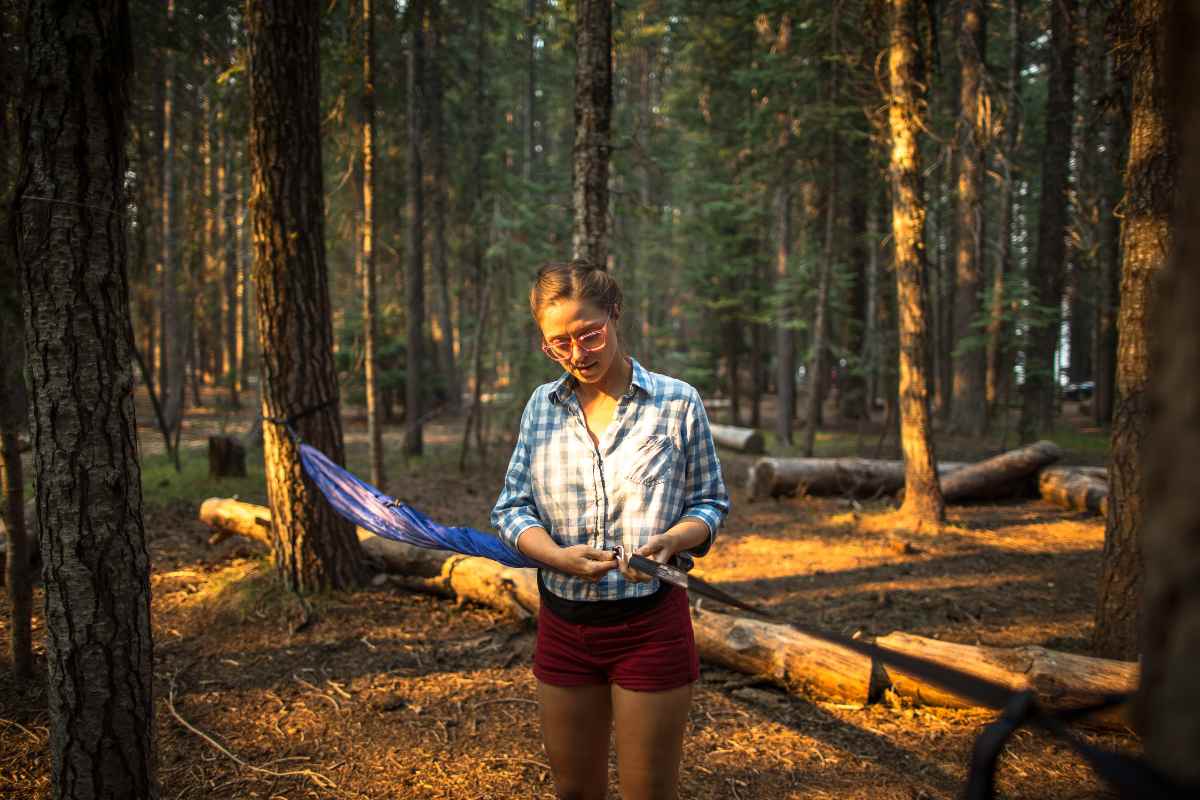
Hammock Camping: A Closer Look
Before diving into the pros and cons, let's take a closer look at what hammock camping entails. Unlike tent camping, where you're grounded on a flat surface, hammock campers sleep suspended in the air.
This elevation offers a different perspective on camping, one that can be more comfortable and enjoyable under the right conditions.
The Pros of Hammock Camping
1. Lightweight and Portable
One of the most significant advantages of hammock camping is its lightweight and portable nature.
Hammocks are much lighter and take up less space in your backpack compared to tents. This makes them an ideal choice for backpackers and hikers who need to minimize the weight of their gear.
Additionally, hammocks can be packed down into a small, compact size, freeing up more room in your pack for other essentials.
2. Comfortable Sleeping Experience
Many campers find that hammock camping offers a more comfortable sleeping experience than traditional tent camping.
When set up correctly, a hammock can provide excellent support for your back and joints, reducing the pressure points that often lead to discomfort when sleeping on the ground.
The gentle sway of the hammock can also be soothing, helping you fall asleep more easily.
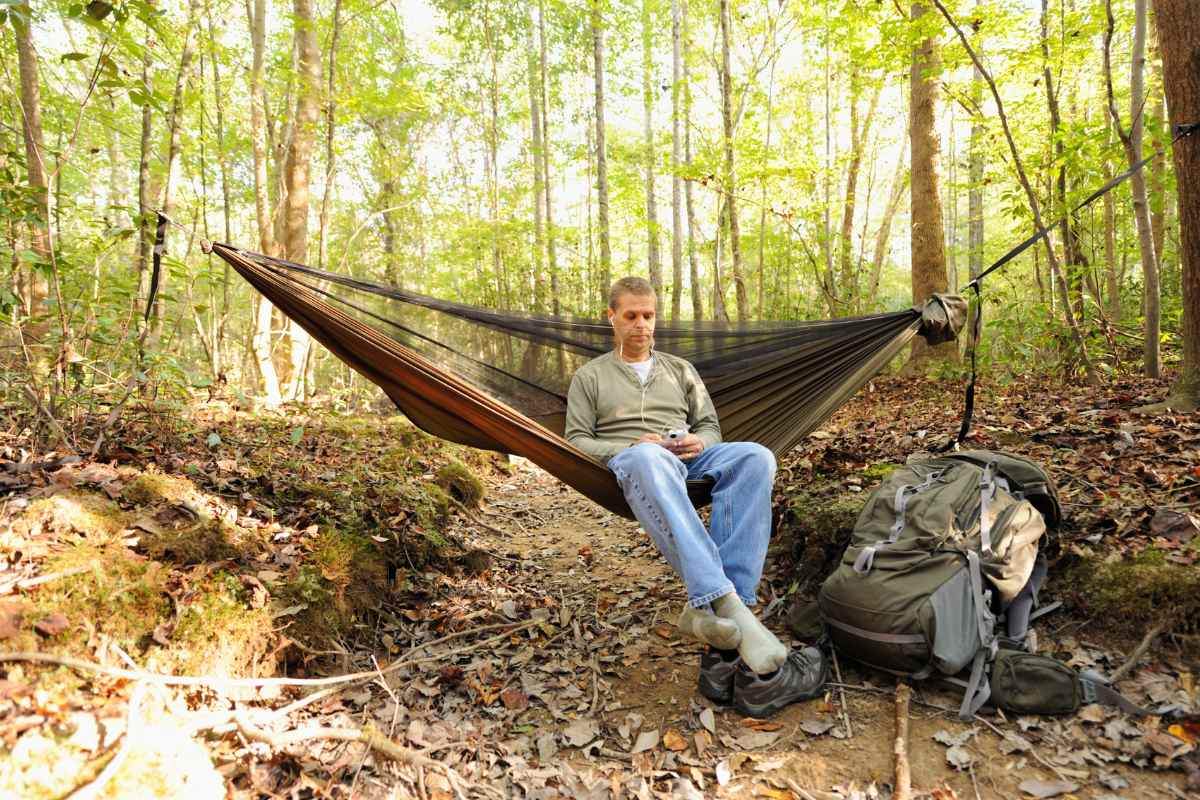
3. Versatility in Terrain
Another significant advantage of hammock camping is its terrain versatility. Unlike tents, which require a flat, level surface for setup, hammocks can be hung over uneven ground, rocky areas, or even water.
This opens up a wider range of camping spots, allowing you to camp in areas that would be unsuitable for tents.
Whether you're in a dense forest, on a mountainside, or by a riverbank, as long as you have sturdy anchor points, you can set up your hammock.
4. Better Ventilation
Hammock camping often provides better ventilation compared to tents. Sleeping in a hammock allows air to circulate your body, helping to keep you cool on warm nights.
This airflow can prevent condensation from building up inside a tent, which is a common issue in humid or wet conditions.
For campers who tend to overheat at night, a hammock can offer a more comfortable and breathable sleeping environment.
5. Leave No Trace
For those concerned with environmental impact, hammock camping is often a more Leave No Trace option.
Since you're not compressing vegetation or disturbing the ground as much as with a tent, your campsite remains more natural and undisturbed.
This can be especially important in fragile ecosystems where minimizing your impact is crucial.
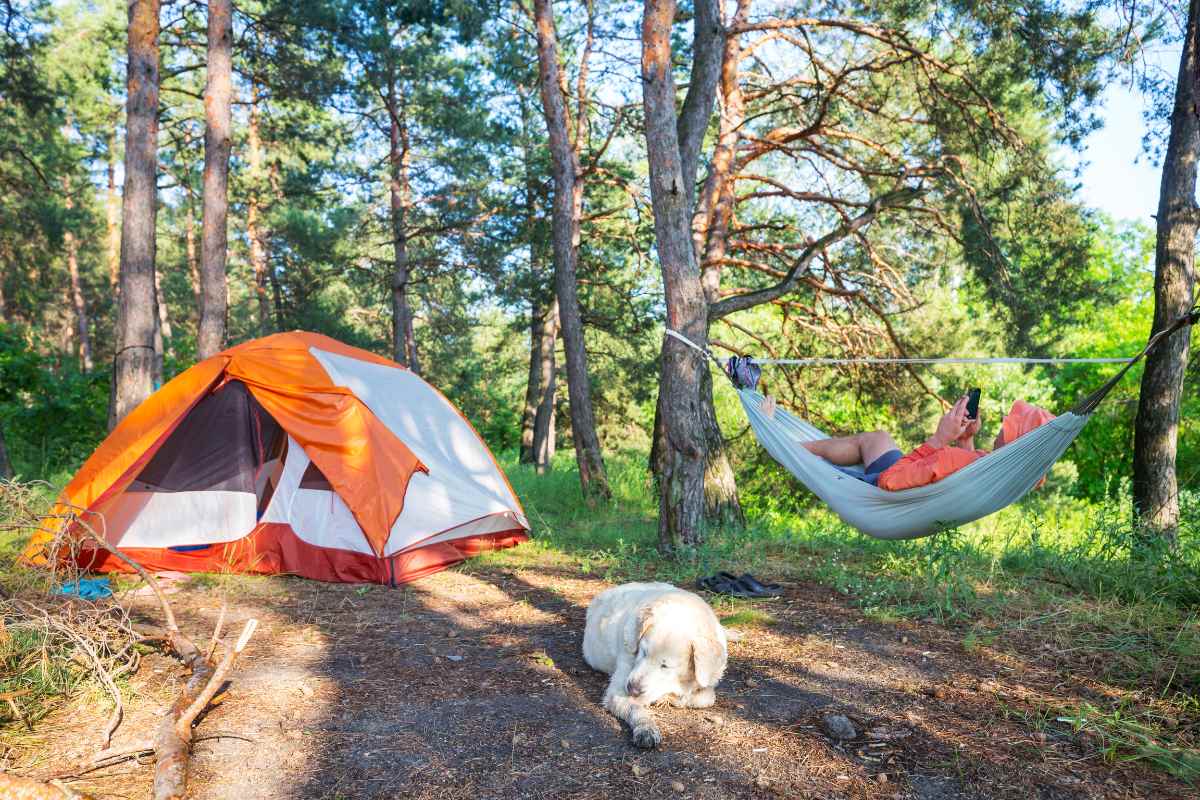
The Cons of Hammock Camping
While hammock camping has many advantages, there are also some potential downsides to consider.
Understanding these challenges can help you decide whether hammock camping is the best choice for your outdoor adventures.
1. Requires Suitable Trees or Anchors
The biggest limitation of hammock camping is that it requires suitable trees or anchors. Without sturdy, properly spaced trees or other anchor points, setting up a hammock can be difficult or impossible.
This can be a significant disadvantage in treeless environments like deserts, alpine regions, or areas above the tree line. In such situations, a tent may be the only viable option.
2. Exposure to the Elements
While tents provide a fully enclosed shelter, hammock camping exposes you more directly to the elements.
Wind, rain, and cold temperatures can be more challenging to manage in a hammock, especially if you're not properly equipped with a rainfly, under quilt, and appropriate insulation.
In cold weather, staying warm in a hammock can require additional gear that adds to your pack weight, negating some of the lightweight advantages.
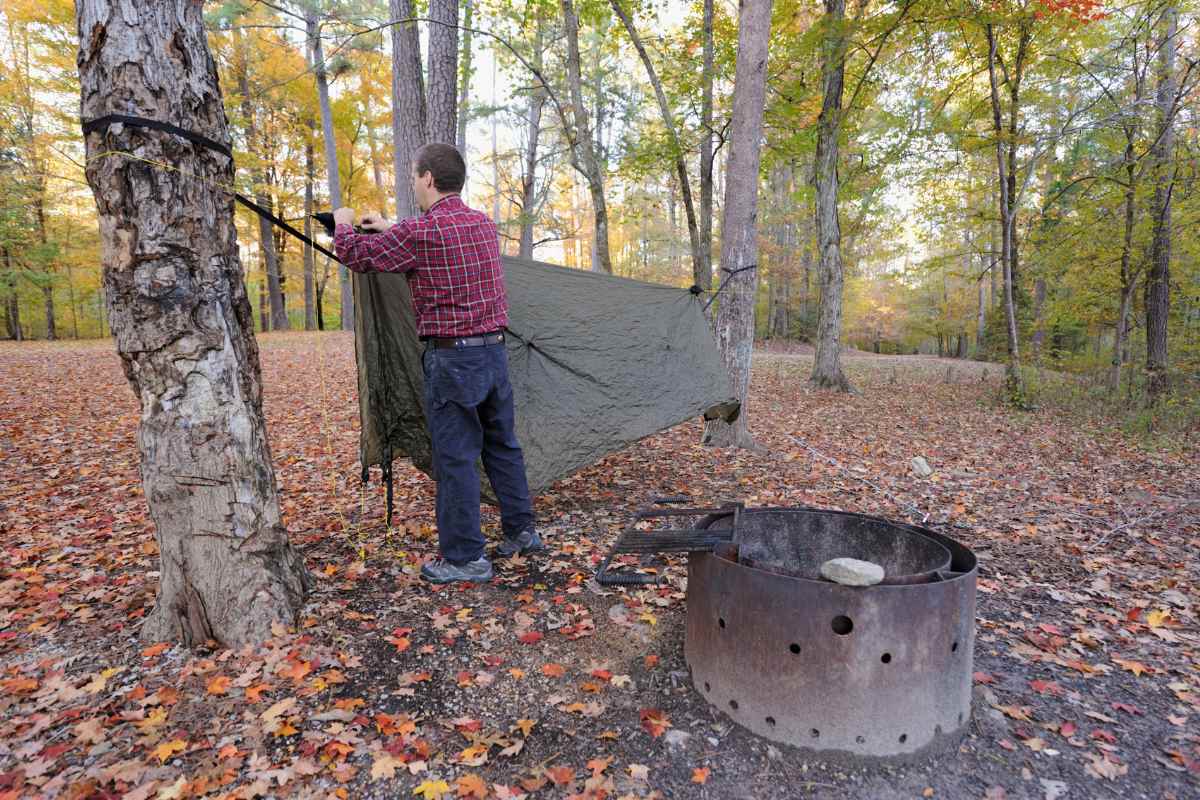
3. Learning Curve for Setup
Setting up a hammock correctly involves a learning curve, particularly for those new to hammock camping.
Unlike tents, which have a relatively straightforward setup process, hammocks require attention to details such as hang angle, tension, and height above the ground.
Improper setup can lead to discomfort, such as sagging in the middle or excessive strain on your back. Mastering these skills takes time and practice, and some campers may find it frustrating initially.
4. Limited Space for Gear
One of the most significant challenges of hammock camping is the limited space for gear.
While tents provide ample room to store your gear inside, keeping everything dry and protected, hammocks do not offer the same convenience.
You'll need to find alternative ways to protect your gear from the elements, such as hanging it from a tree or using a separate gear hammock. This can be less convenient and may require additional planning and equipment.
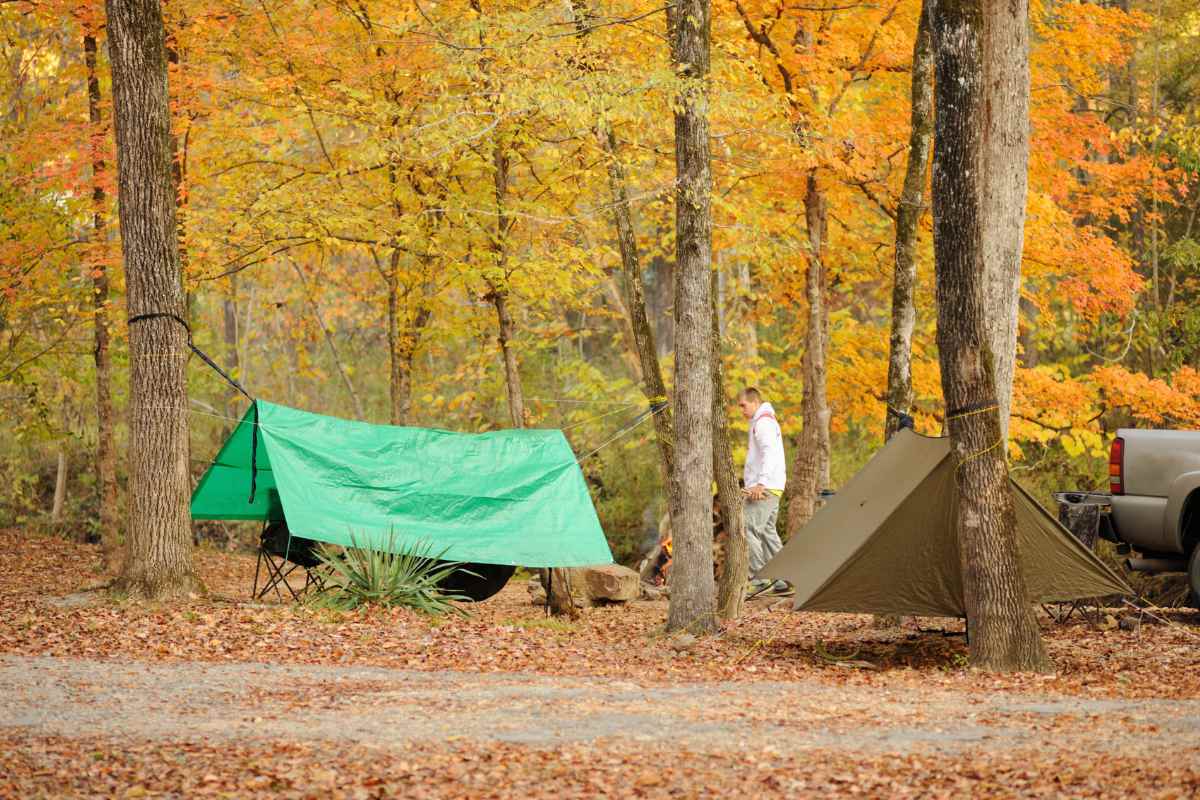
5. Not Ideal for All Sleepers
Finally, hammock camping may not be ideal for all sleepers. Some people find it difficult to get comfortable in a hammock, particularly if they are side sleepers or require a firm surface to sleep well.
The cocoon-like shape of a hammock can also feel restrictive to those who prefer more space to move around.
If you have specific sleep preferences, it's essential to try out hammock camping in a controlled environment before committing to it on a long trip.
Making the Right Choice for Your Camping Style
When considering hammock camping, it's important to weigh the pros and cons carefully.
For some campers, the benefits of lightweight gear, comfort, and versatility make hammocks an ideal choice for backcountry adventures.
For others, the challenges of finding suitable trees, exposure to the elements, and limited gear storage may outweigh the advantages.
If you're unsure whether hammock camping is right for you, consider trying it out on a short trip or in your backyard first.
This will allow you to familiarize yourself with the setup process and determine if the hammock meets your comfort needs.
Additionally, be sure to research the specific gear you'll need to stay comfortable and protected in various weather conditions.
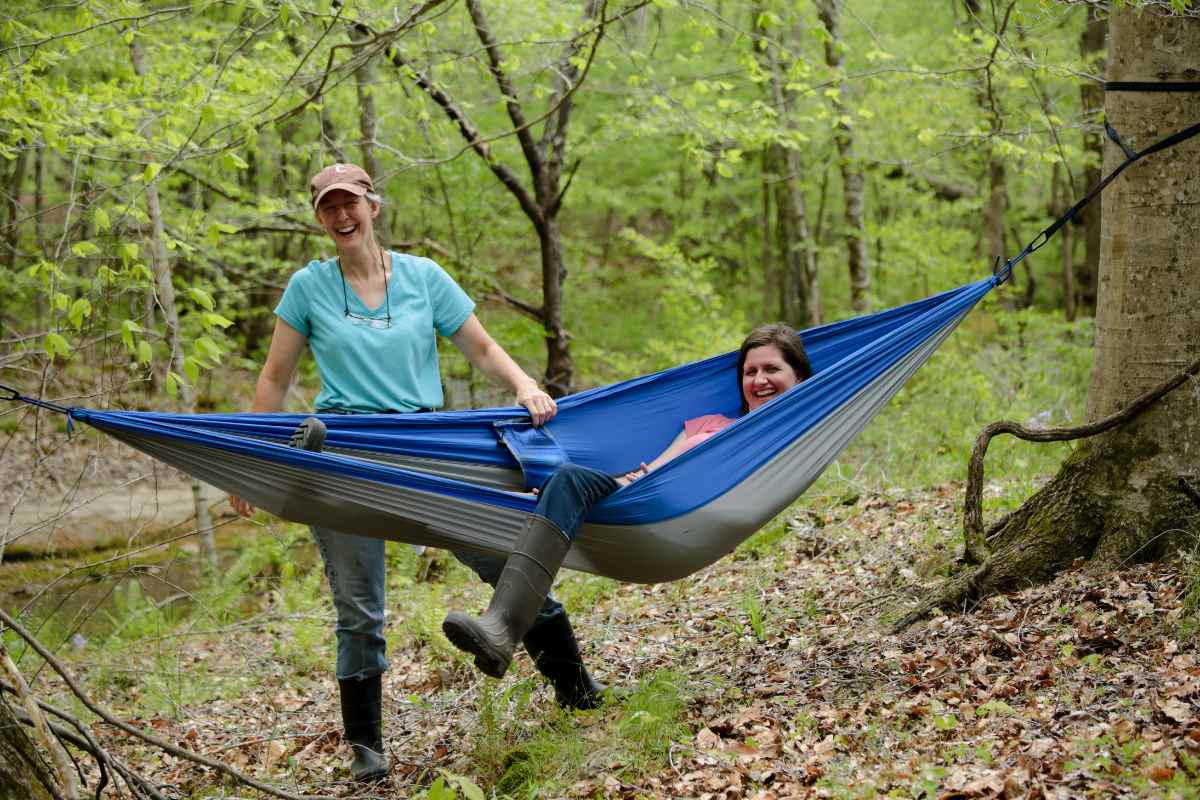
Conclusion: Is Hammock Camping for You?
Hammock camping offers a unique and enjoyable way to experience the outdoors, with several advantages that appeal to a wide range of campers.
However, it's not without its drawbacks, and it's essential to consider your specific camping needs and preferences before making the switch from tent camping.
By understanding the pros and cons of hammock camping, you can make an informed decision that ensures a comfortable and enjoyable camping experience.
Whether you're seeking a lightweight alternative for your next backpacking trip or simply want to try something new, hammock camping may be the perfect option to elevate your outdoor adventures—literally and figuratively.
Did you find this post useful or inspiring? Save THIS PIN for later in your Outdoor Board on Pinterest! 😊
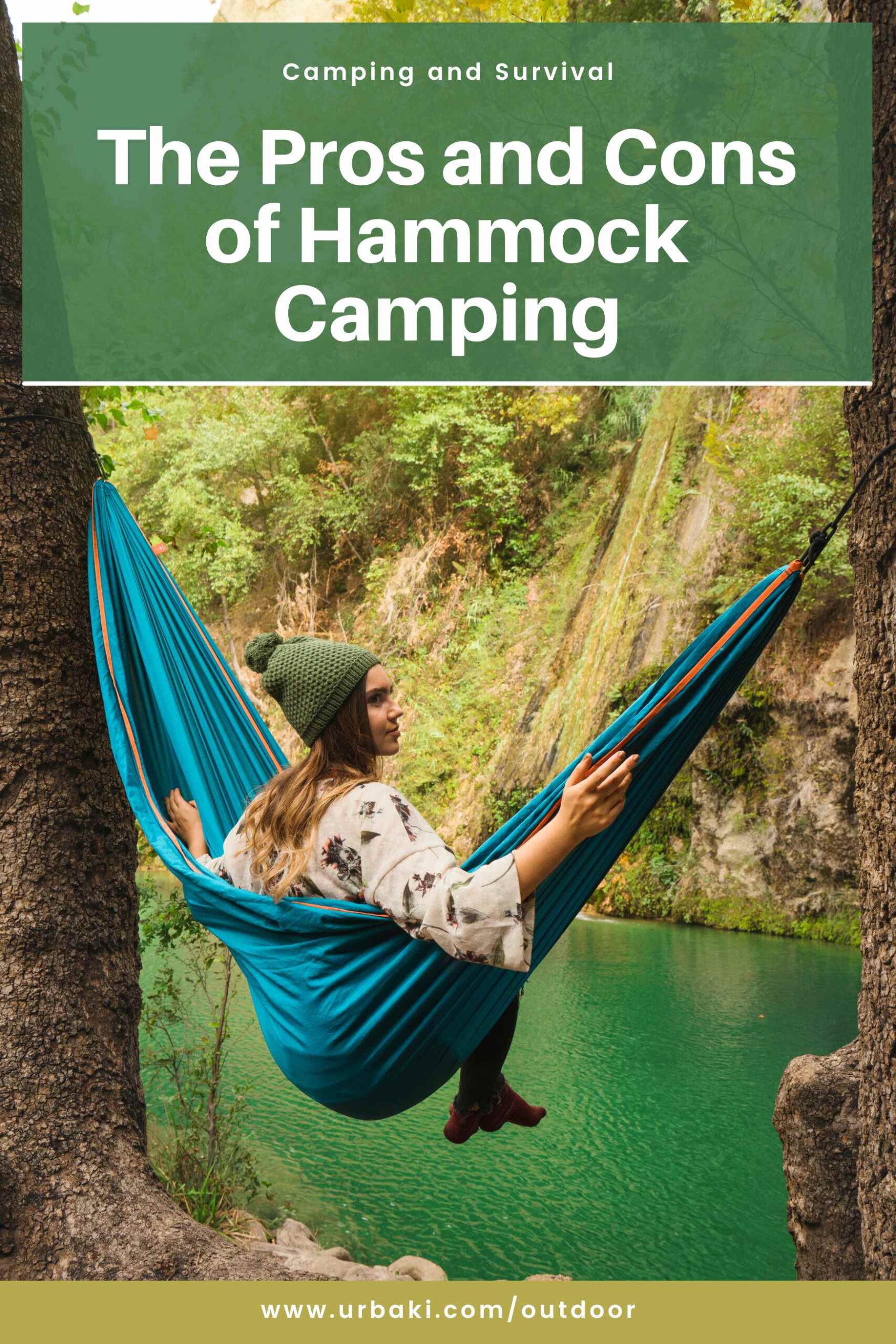


Explore these outdoor tips too